Fighter jets have come a long way from the early days of World War I. Even though air combat isn’t as common as it used to be, there’s still a need for top-flight aircraft, and advances in technology means that several jets are capable of speeds many would have written off as science fiction. Many great aircraft such as the Lockheed SR-71 Blackbird retired, yet lightning-fast engineering marvels remain in service today including fighter jets you can buy for less money than a new Ferrari.
Updated September 2022: Fighter jets from America, Russia, and China are constantly advancing. We’ve reviewed this list to add more details and information surrounding the fastest military aircraft still in operation today.
A list of the world’s fastest fighter jets still in service changes all the time. Militaries today are updating (and spending more on) its most expensive fighter jets to keep their arsenals up-to-date. Today’s list of super advanced fifth-generation fighter jets is only growing. Here are the fastest military aircraft currently in service, ranked slowest to fastest.
9/9 Chengdu J-10: Mach 2.2
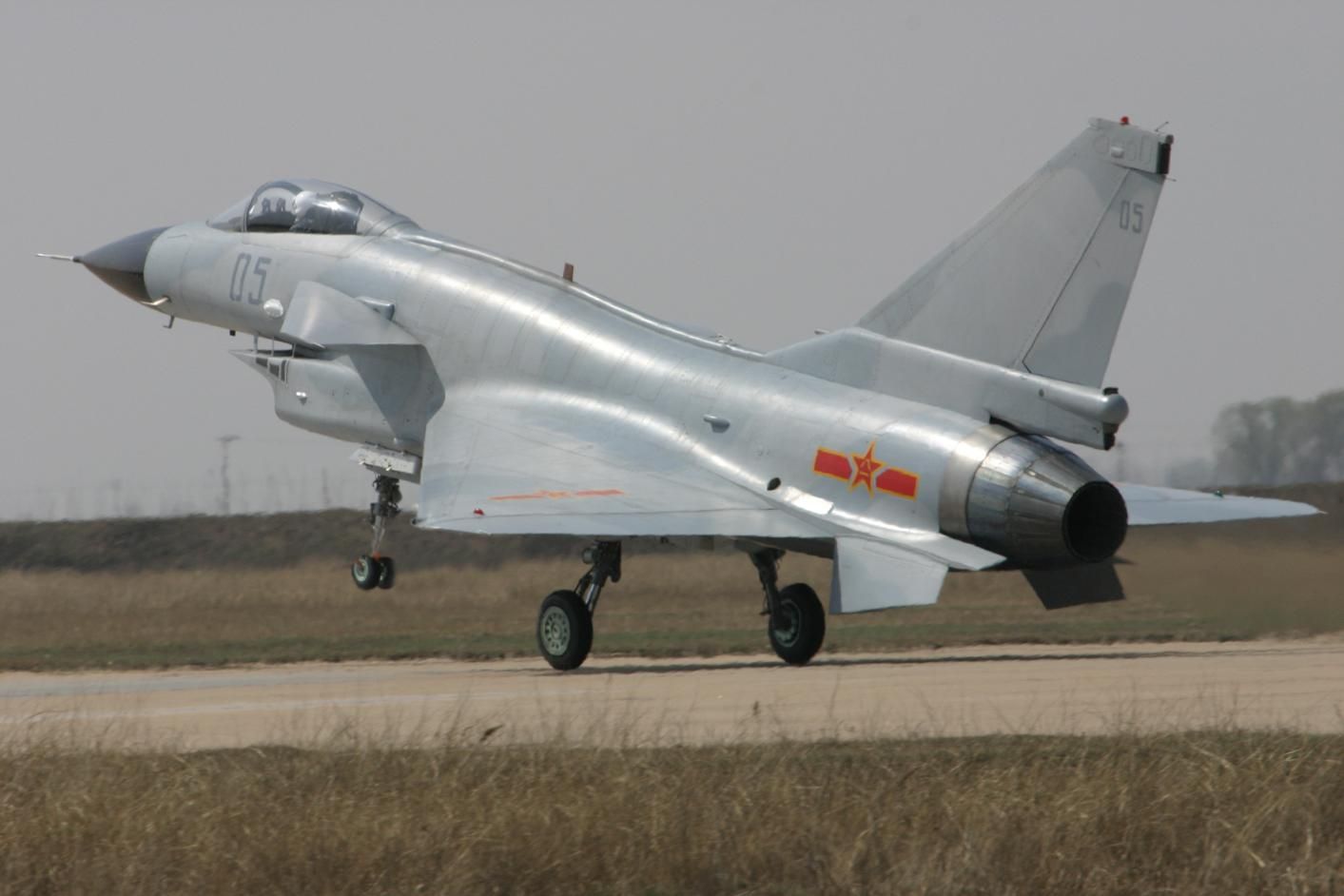
Meant for both air-to-air combat and strike missions, the Chengdu J-10 can achieve Mach 2.2 thanks to the Russian Lyulka-Saturn AL-31FN engine. Dubbed the Vigorous Dragon, it’s believed there are 240 active today.
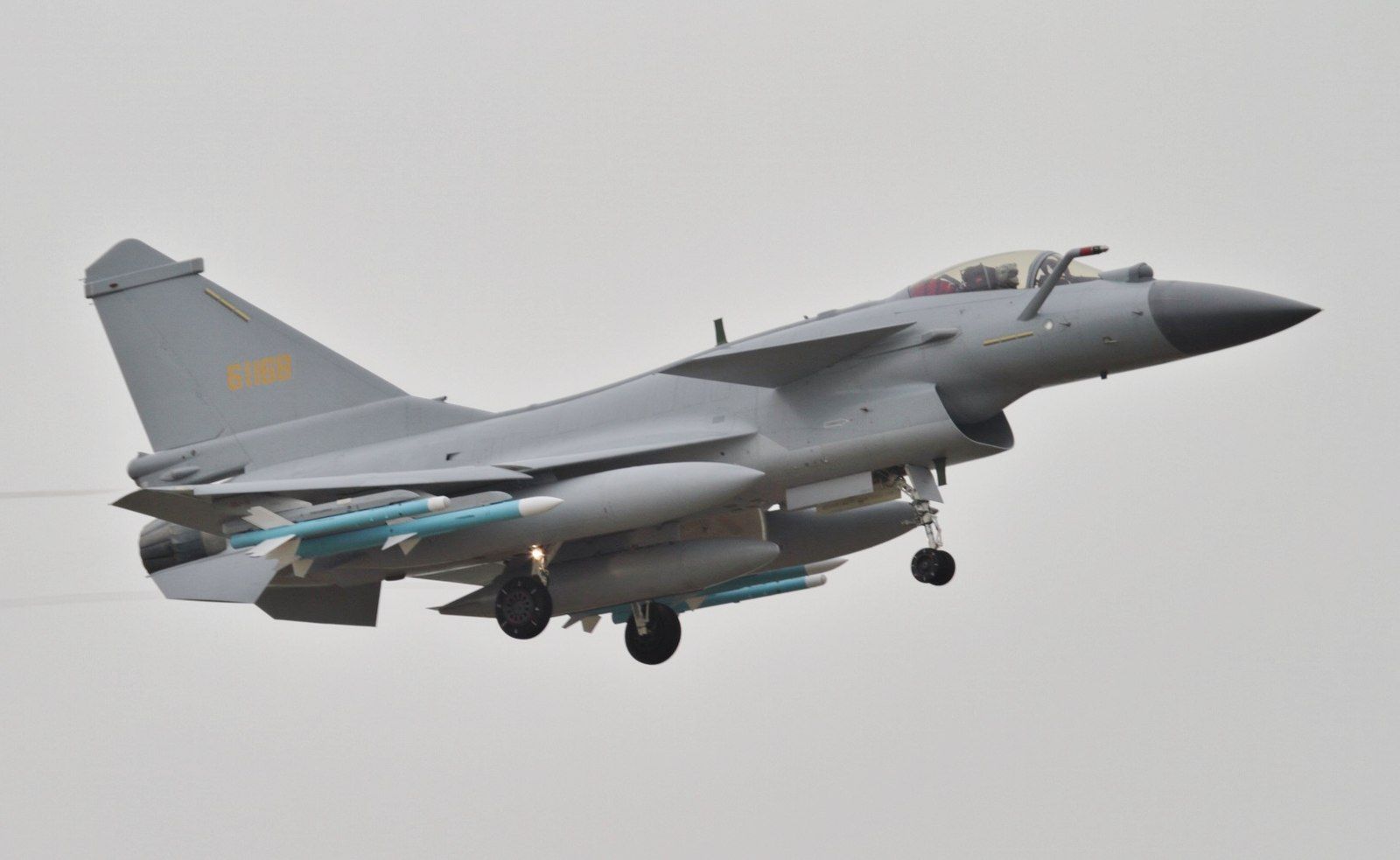
The J-10B received an upgraded engine, which means it could reach higher speeds. According to Airforce Technology, the J-10 can reach a maximum speed of 2,327km/h, which comes out just shy of Mach 2.2.
8/9 MiG-35 Fulcrum-F: Mach 2.25
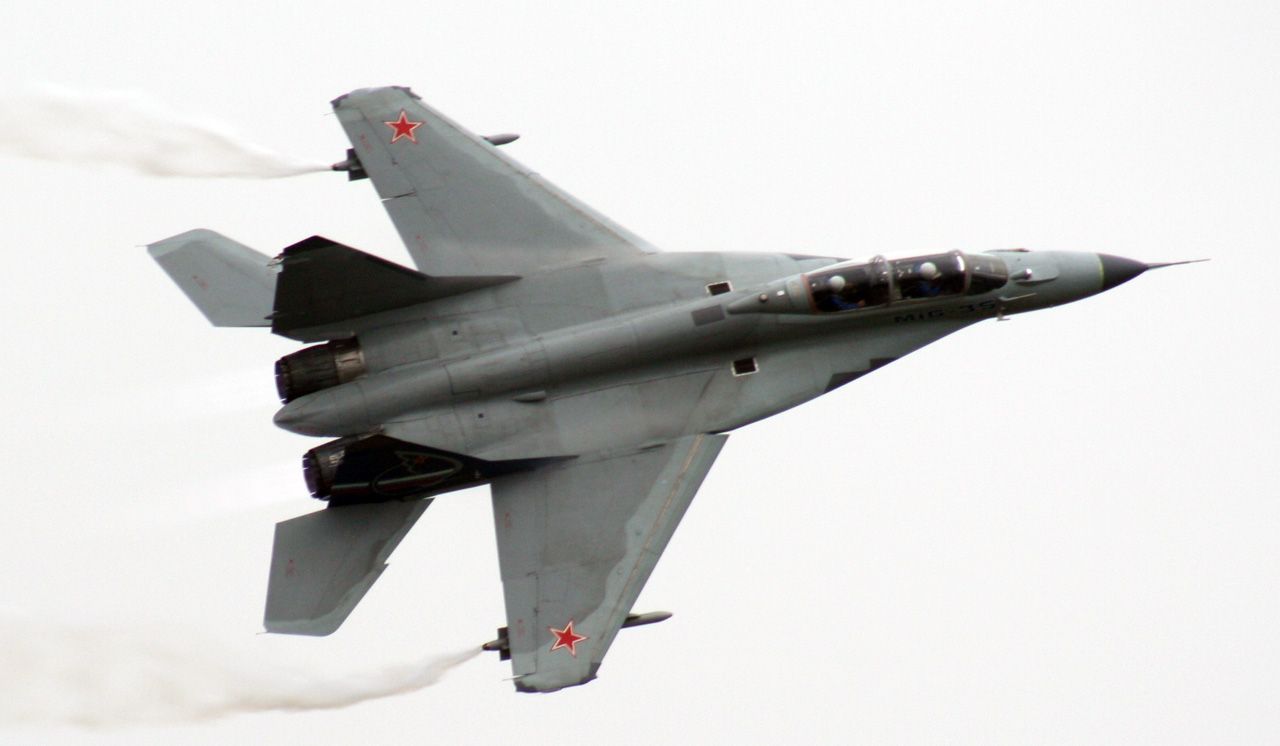
The Mikoyan MiG-35 is easily one of the most intimidating vehicles the Soviet Union produced. Making its official debut in 2019, the MiG-35 Fulcrum-F is Russia’s latest fighter jet and promising to be one of its best ever. The MiG-35 is really an upgraded MiG-29M, one of the Soviet’s most feared aircraft.
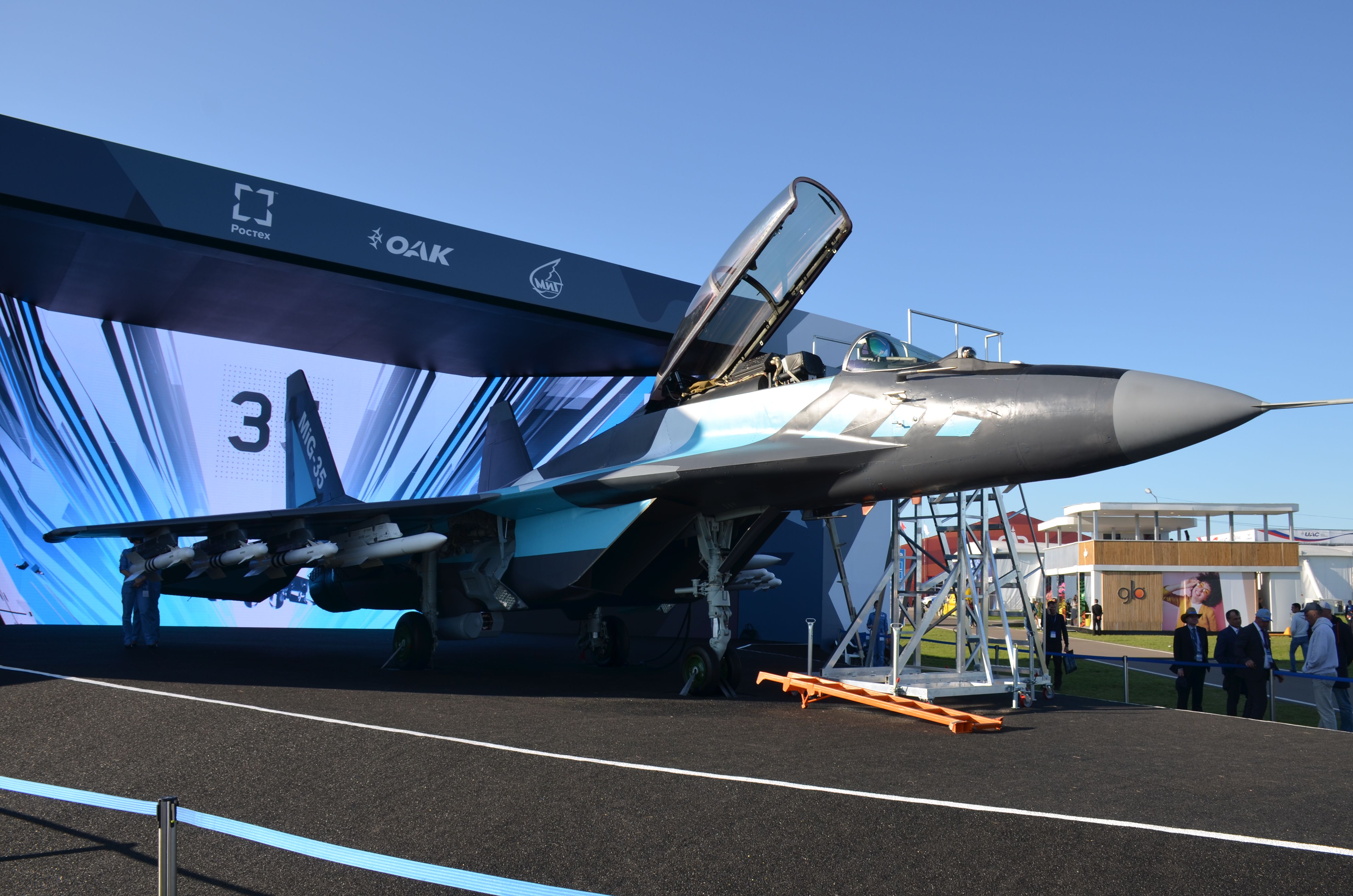
It has two versions, single and double-seater, while powered by two Klimov RD-33MK turbofan engines. That’s married to an advanced tracking system and, according to The National Interest, there are rumors Russia wants to attach lasers to it. Capable of hitting 2,400km/h, Airforce Technology places the MiG-35’s maximum speed at 2.25 Mach.
7/9 Su-35 Flanker-E: Mach 2.25
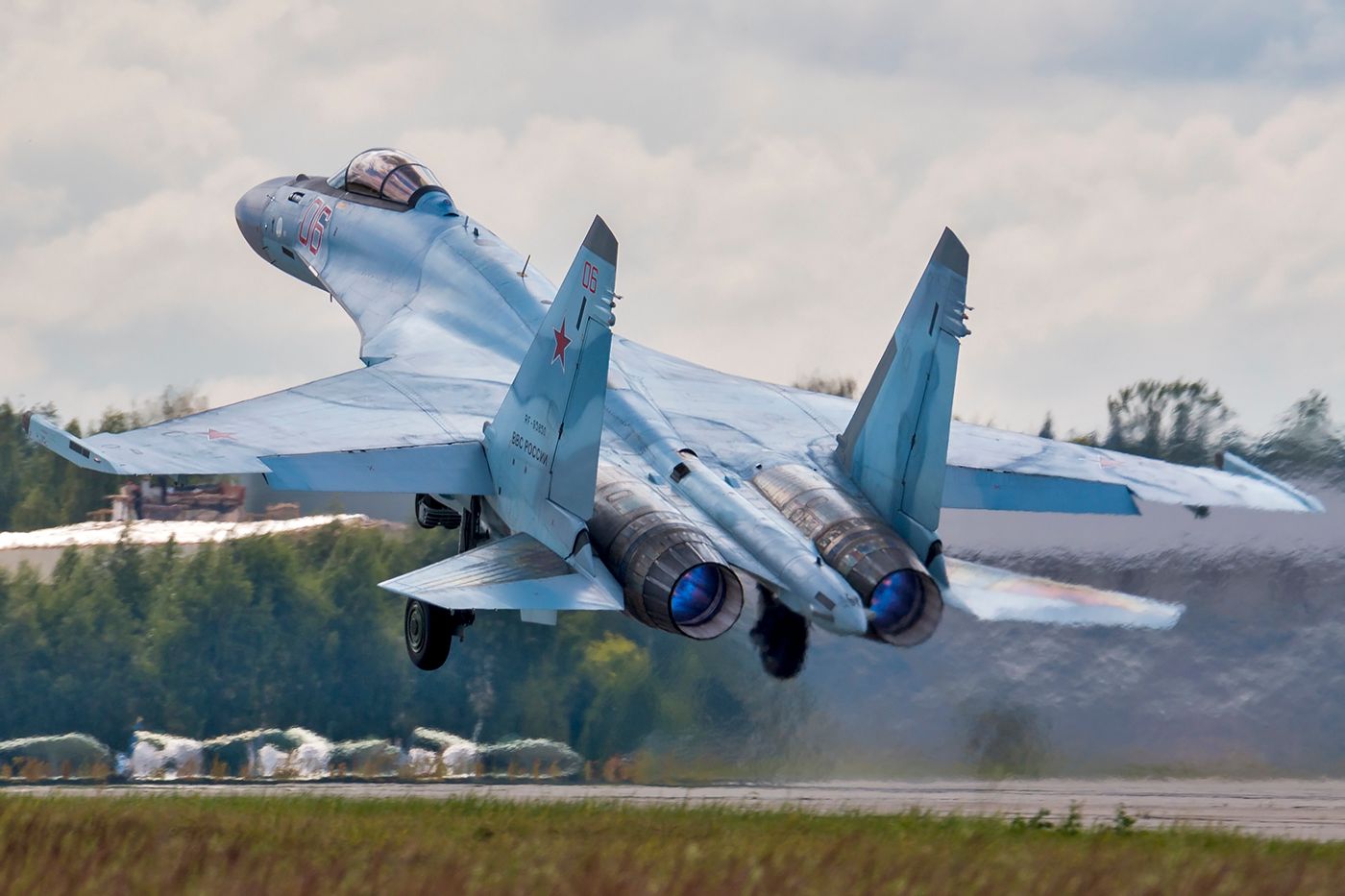
Despite being one of the newer jets in Russian service, the Su-35 Flanker-E’s development started as far back as the early 1980s. The USSR’s collapse put off its development, and it finally saw flight in 2008. The fact that it boasts a Saturn 117S engine initially developed for a rocket proves it can roar to top speeds yet handle nicely.
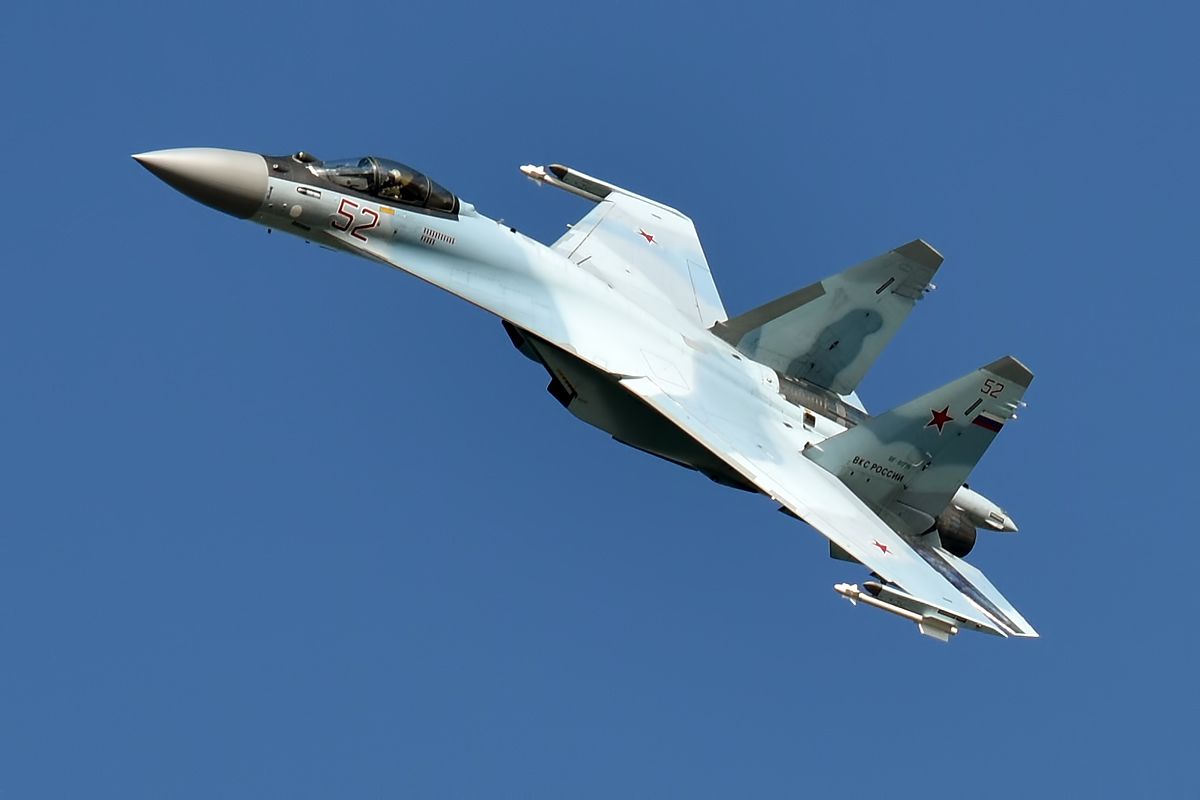
Airforce Technology reports that the Su-35 multirole fighter is capable of a maximum speed of 2,390km/h, which translates to Mach 2.25. While widely exported, Russia uses the best Flankers to try to gain an edge in possible combat. Today, the Su-35 continues to play a role in the Ukraine War.
6/9 Su-27 Flanker: Mach 2.35
--Dmitriy-Pichugin.jpeg)
Designed as direct competition with the F-15 Tomcat and F-15 Eagle, the Su-27 (code-named the Flanker) was faster than most of the Soviet planes of the time. It was primarily intended to be an escort for large bombers and thus designed more for speed/maneuverability than serious armament. Ironically, its debut came just as glasnost was about to curtail the Soviet armed forces.
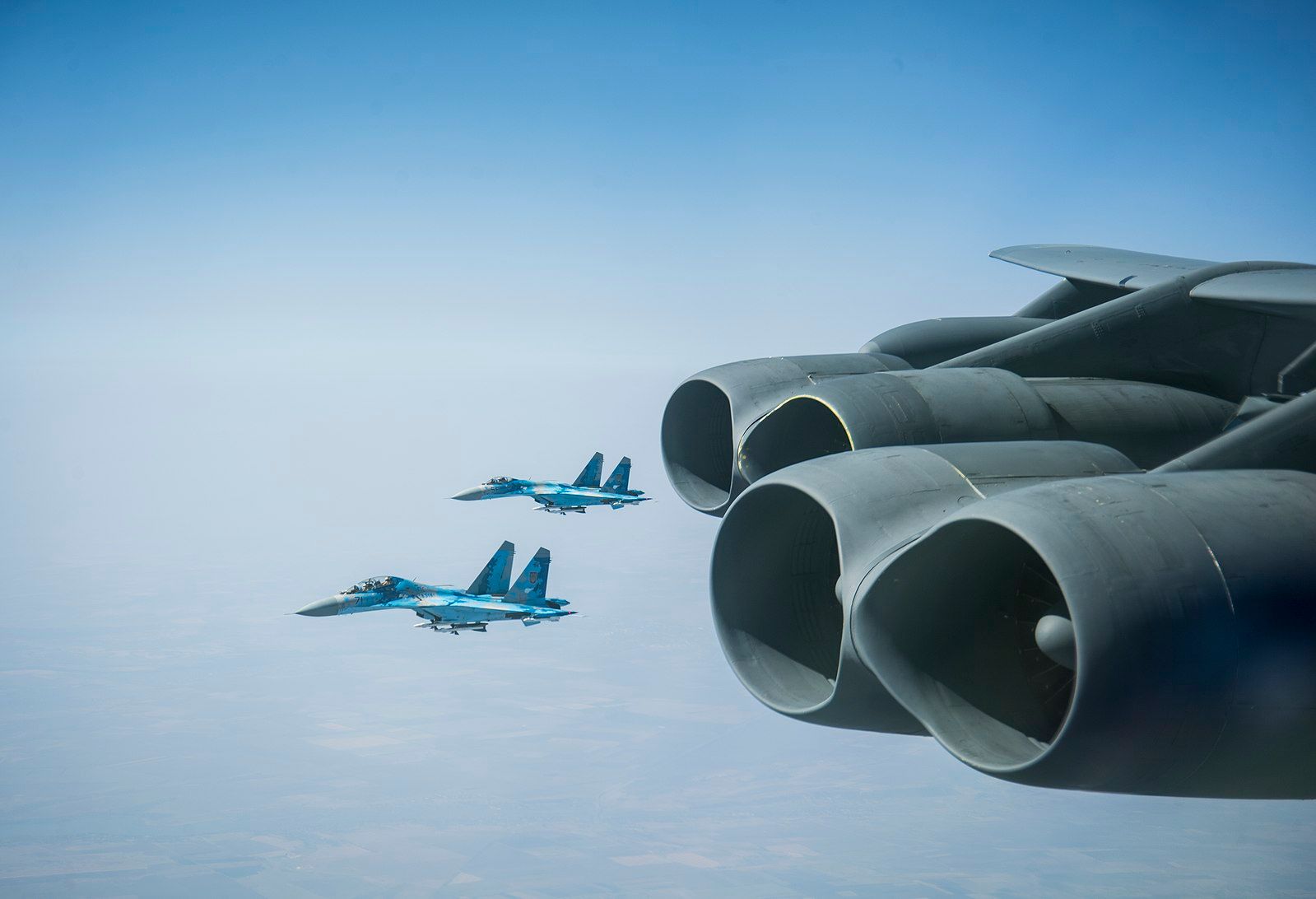
According to the DCS Flight Manual, the Su-27 is capable of hitting a max Mach of 2.35. It’s lighter and less armored than other Russian planes, meaning it doesn’t see serious combat but is still used today for escort missions.
5/9 Shenyang J-11: Mach 2.35
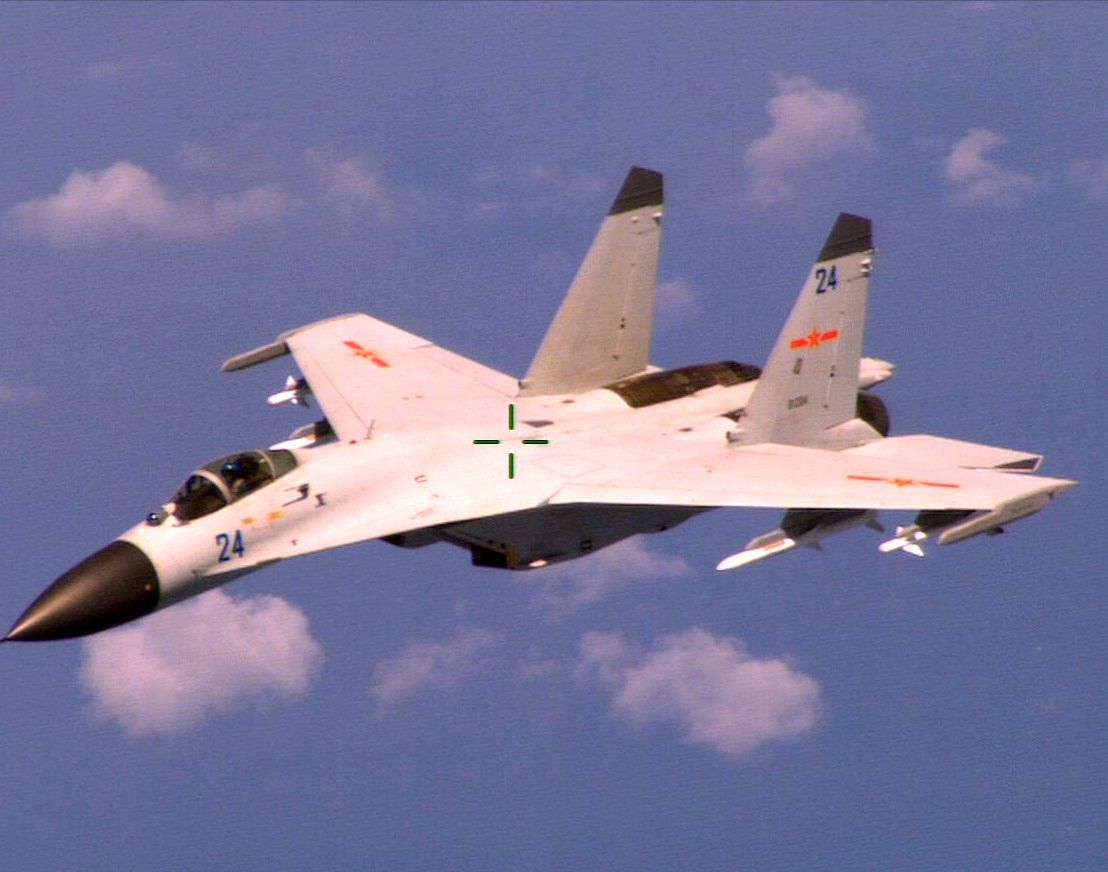
This Chinese fighter is an upgrade of the Soviet Su-27 Flanker. It’s powered by the FWS-10A TaiHang turbofan engine, which Airforce Technology reports can propel the J-11 multirole fighter to Mach 2.35.
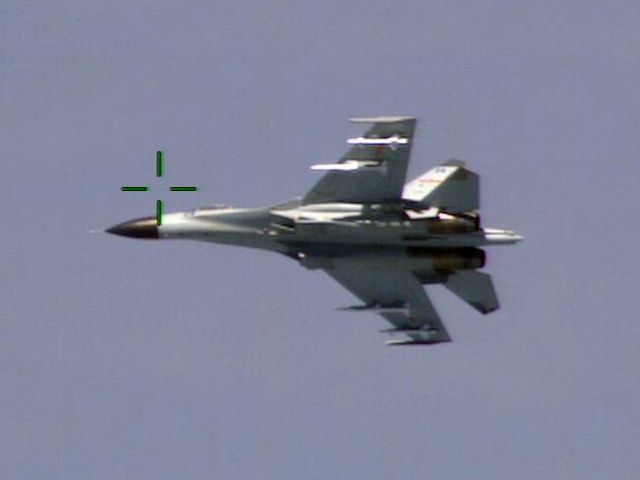
One of today’s fastest military jets, the J-11 is one of China’s answers to the F-15E Strike Eagle, a pivotal American strike fighter.
4/9 F-15E Strike Eagle: Mach 2.5
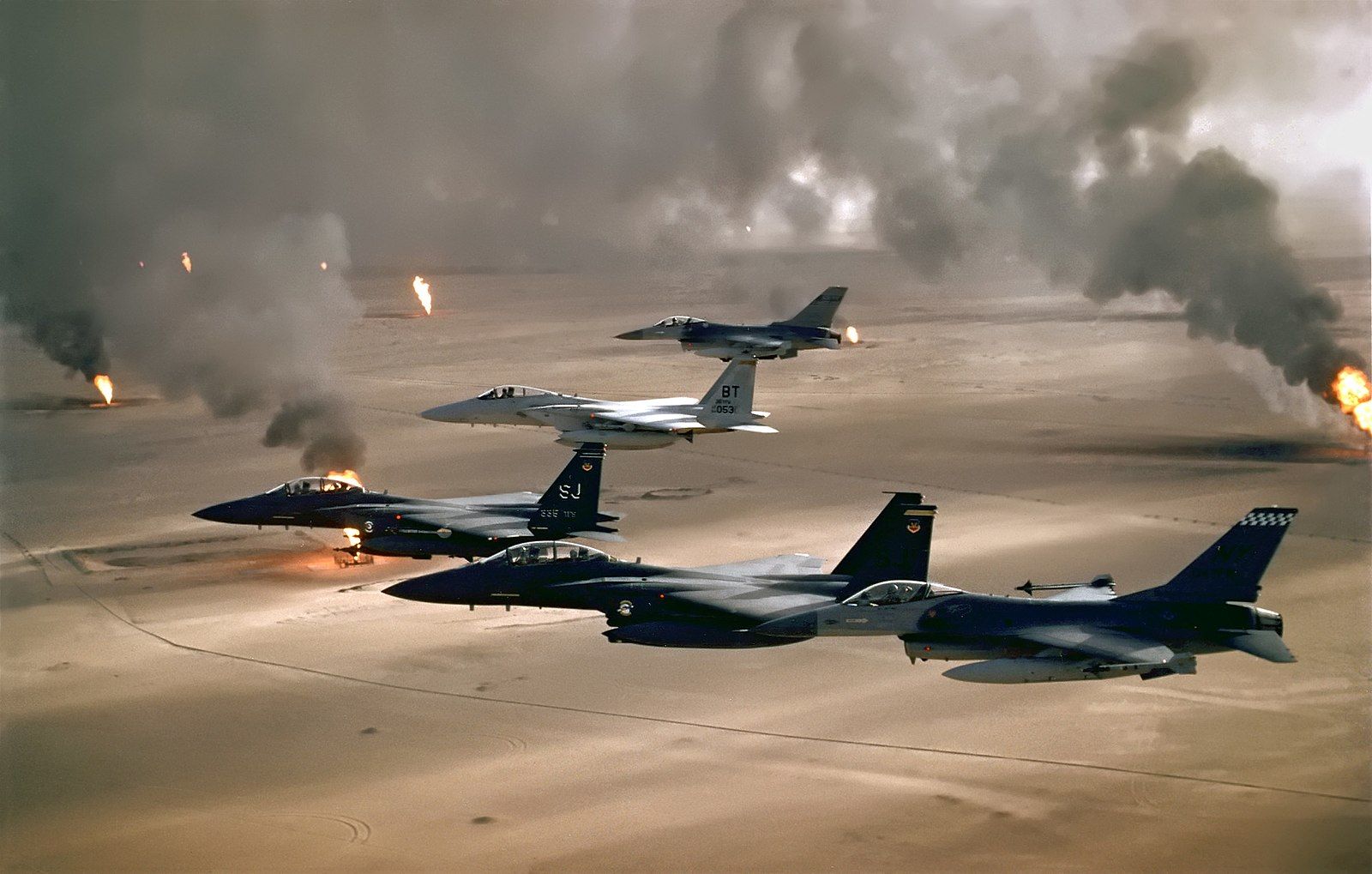
Needing a leg up on the Soviets in the 1980s, the U.S. helped put together the F-15E Strike Eagle, a superiority fighter too deadly to retire. Today, it remains one of the fastest jets in the armed forces. It’s also one of the most used during the Gulf War, Afghanistan, and Iraq.
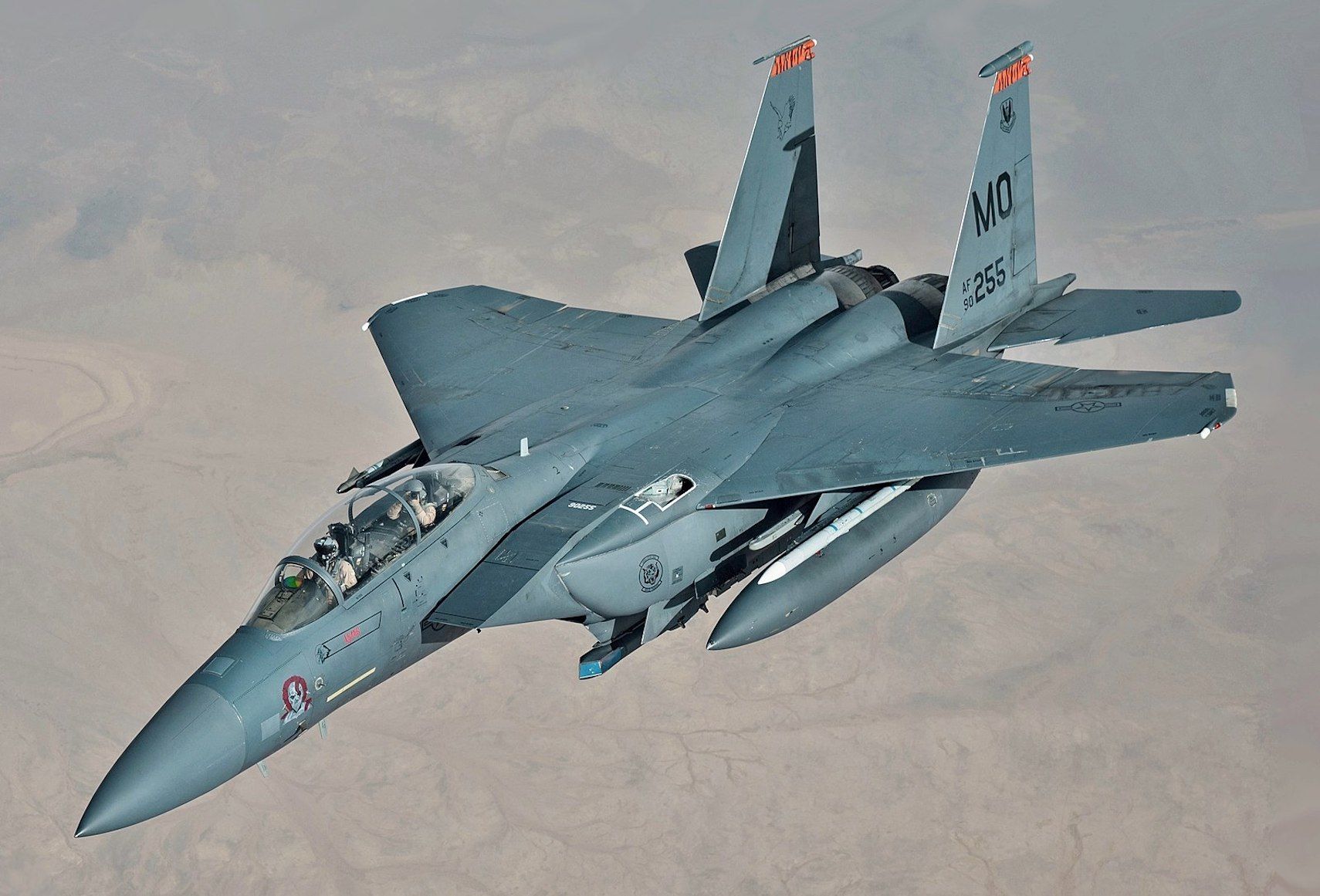
A stealth variant is available, but even a regular Strike Eagle lives up to its name as a fast jet ready to attack at high speeds. The latest version, according to Airforce Technology, is capable of reaching a maximum speed of Mach 2.5. We’ve previously covered everything to know about the American F-15 Eagle.
3/9 MiG-31E Foxhound: Mach 2.82
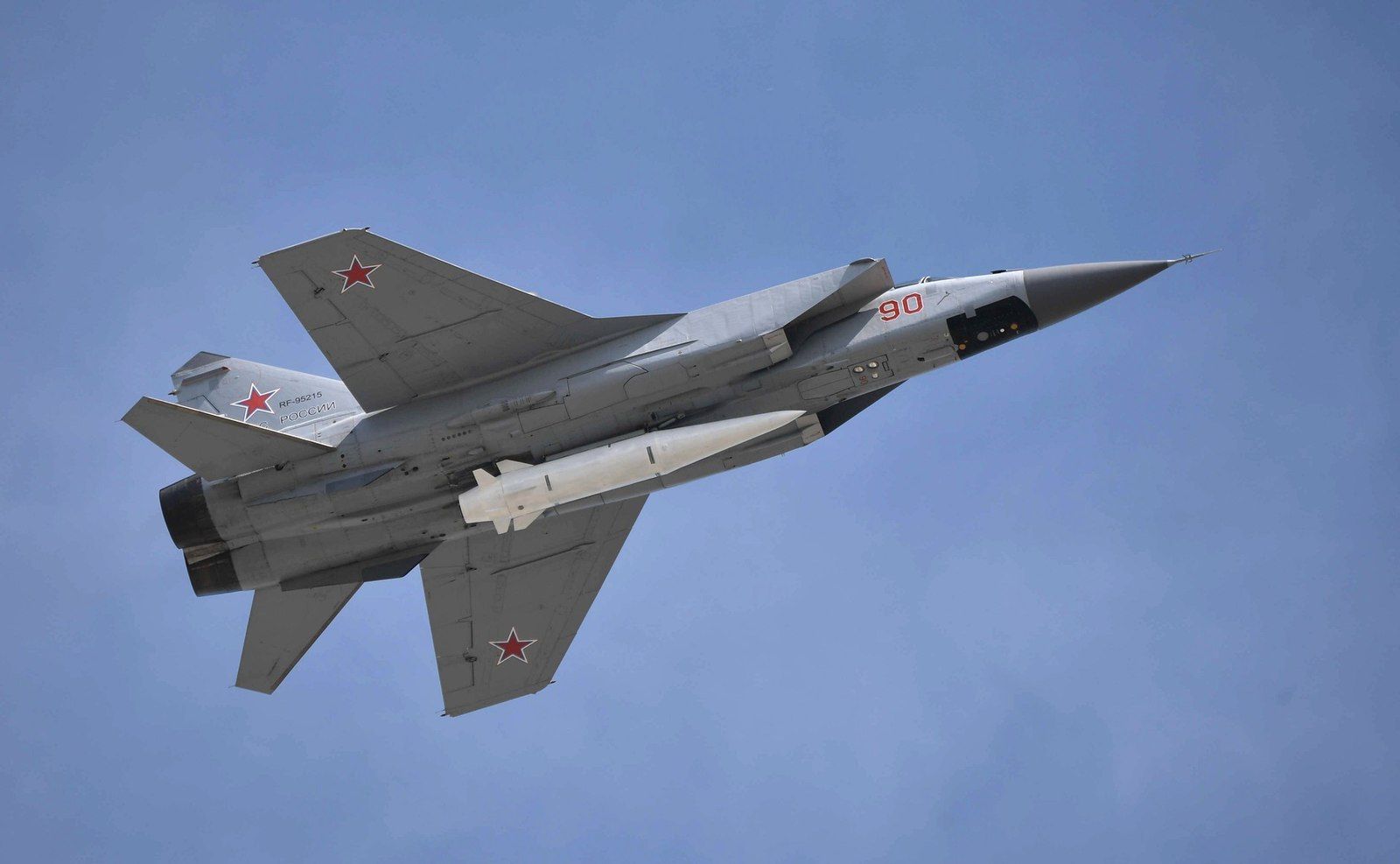
When the Soviet Union built a fighter jet, they made it to last. There are lots of awesome facts surrounding the Mikoyan MiG-31 fighter jet, which made its maiden flight in 1975. Designed to do what the MiG-25 couldn’t (be aerodynamic and handle well at low altitudes), the Foxhound also broke the mold in advanced radar and weapons tracking systems, giving it a leg up on the other Western nations.
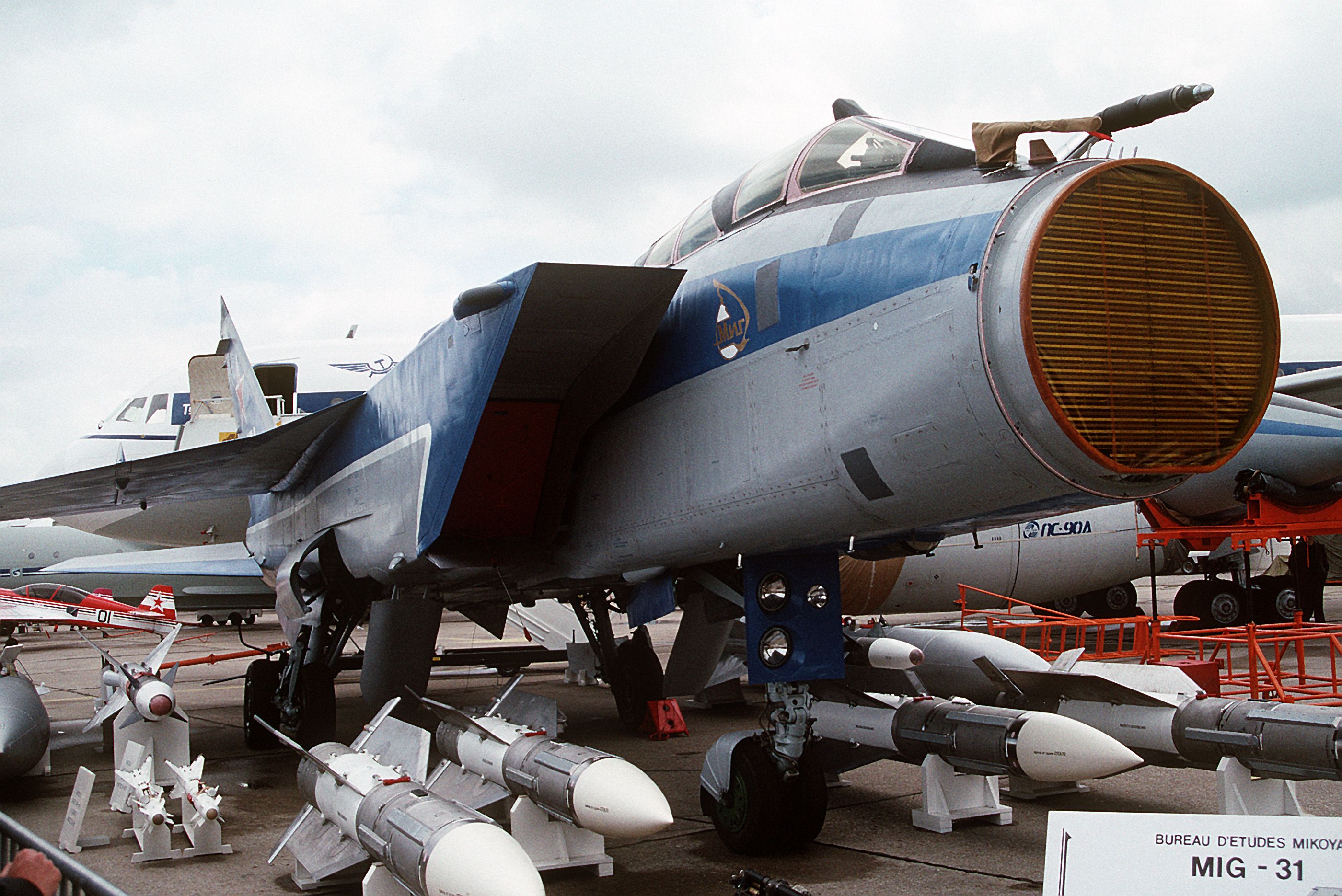
The two-seater plane can get close to Mach 3 according to Airforce Technology, and the fact it’s going to keep going for probably another decade proves its amazing power as a fighter jet.
2/9 MiG-25 Foxbat: Mach 2.83
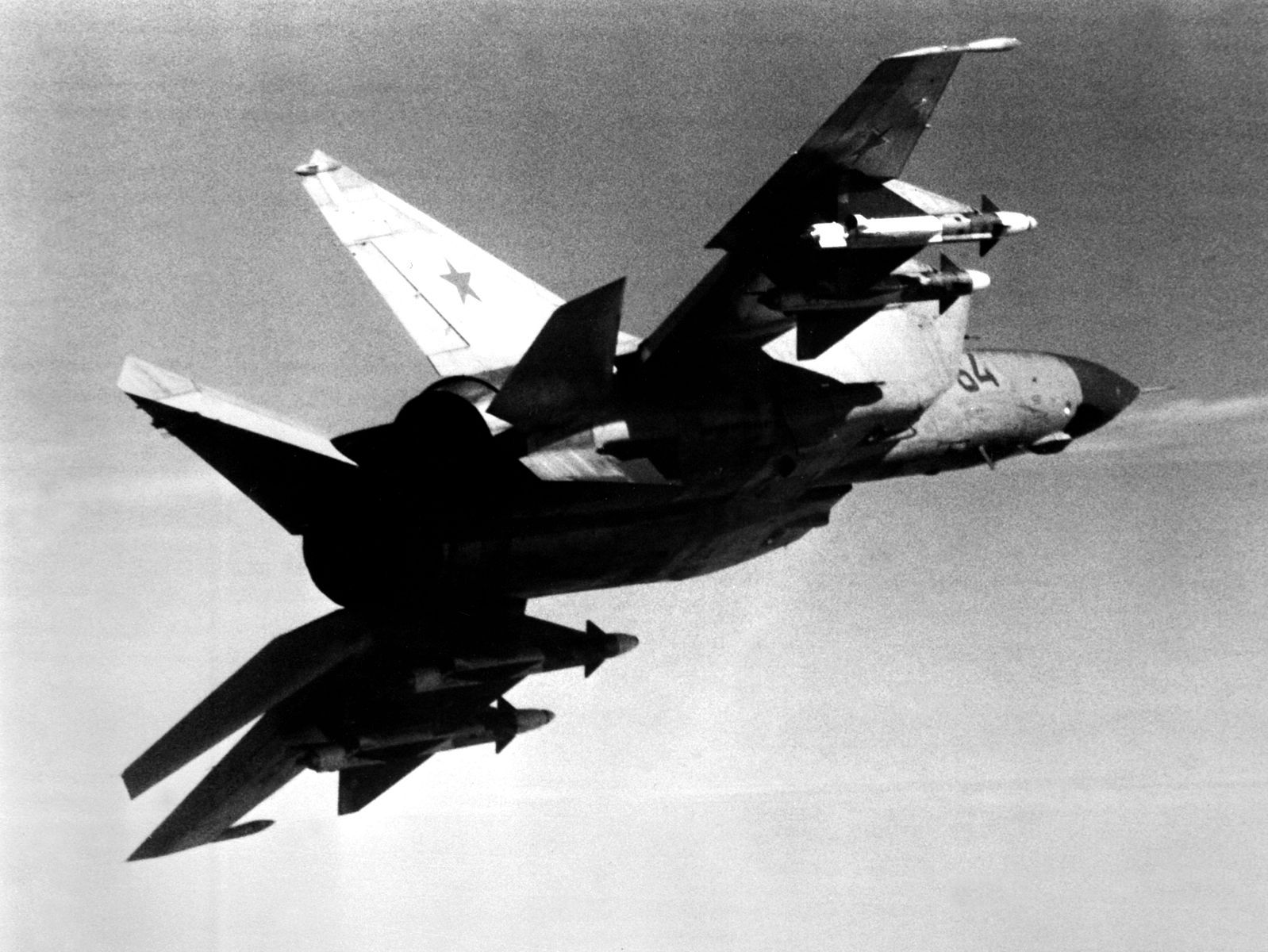
We’ve previously covered everything you need to know about the MiG-25 Foxbat, which still has limited service in Russia. Despite production ending in 1984, the interceptor still sees use today. According to Airforce Technology, the MiG-25 is able to reach a maximum speed of Mach 2.83.
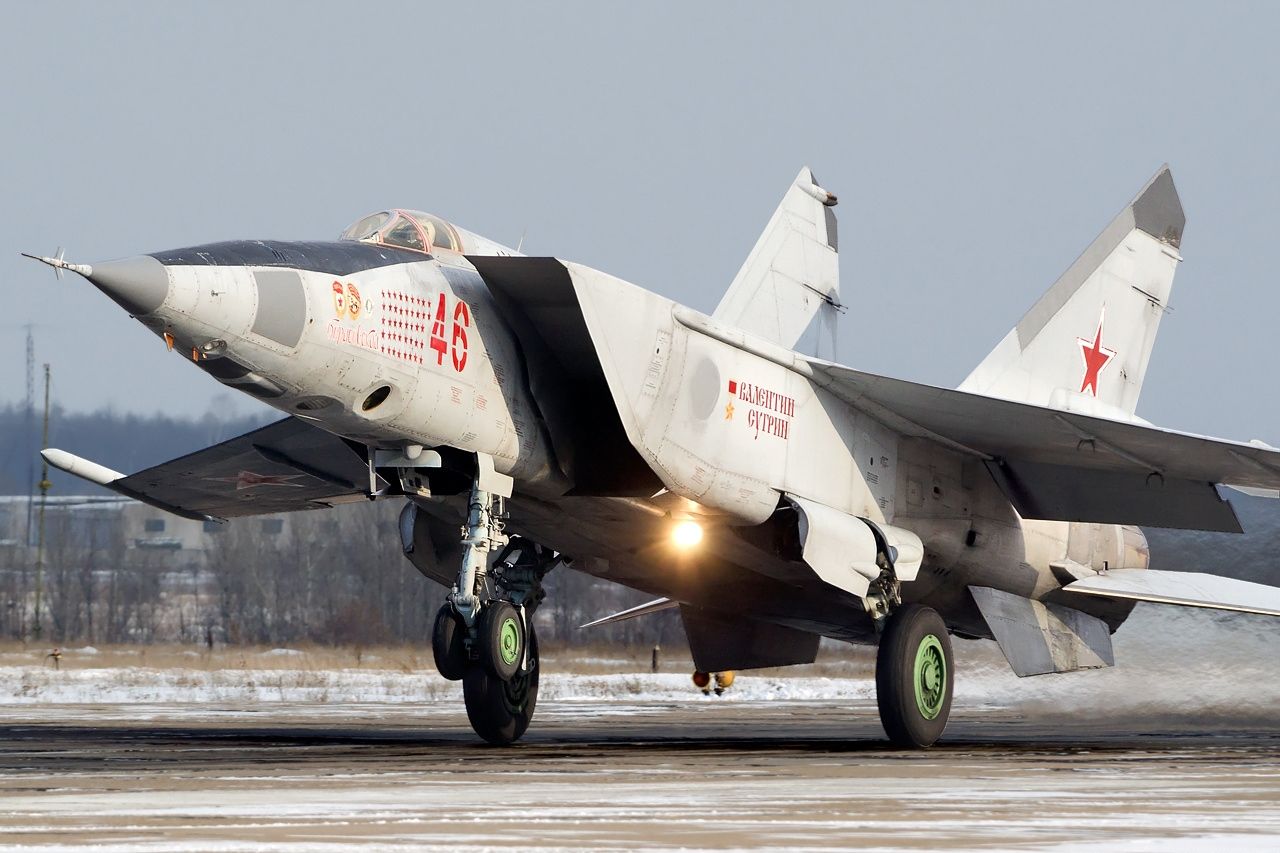
It was such a tightly held secret that it took Soviet pilot Viktor Belenko defecting in one in 1976 for the U.S. to even realize what the Russians had. That it’s still in use now proves how this was a groundbreaking fighter plane and a triumph of Soviet military engineering.
1/9 Boeing X-37: Mach 26.5
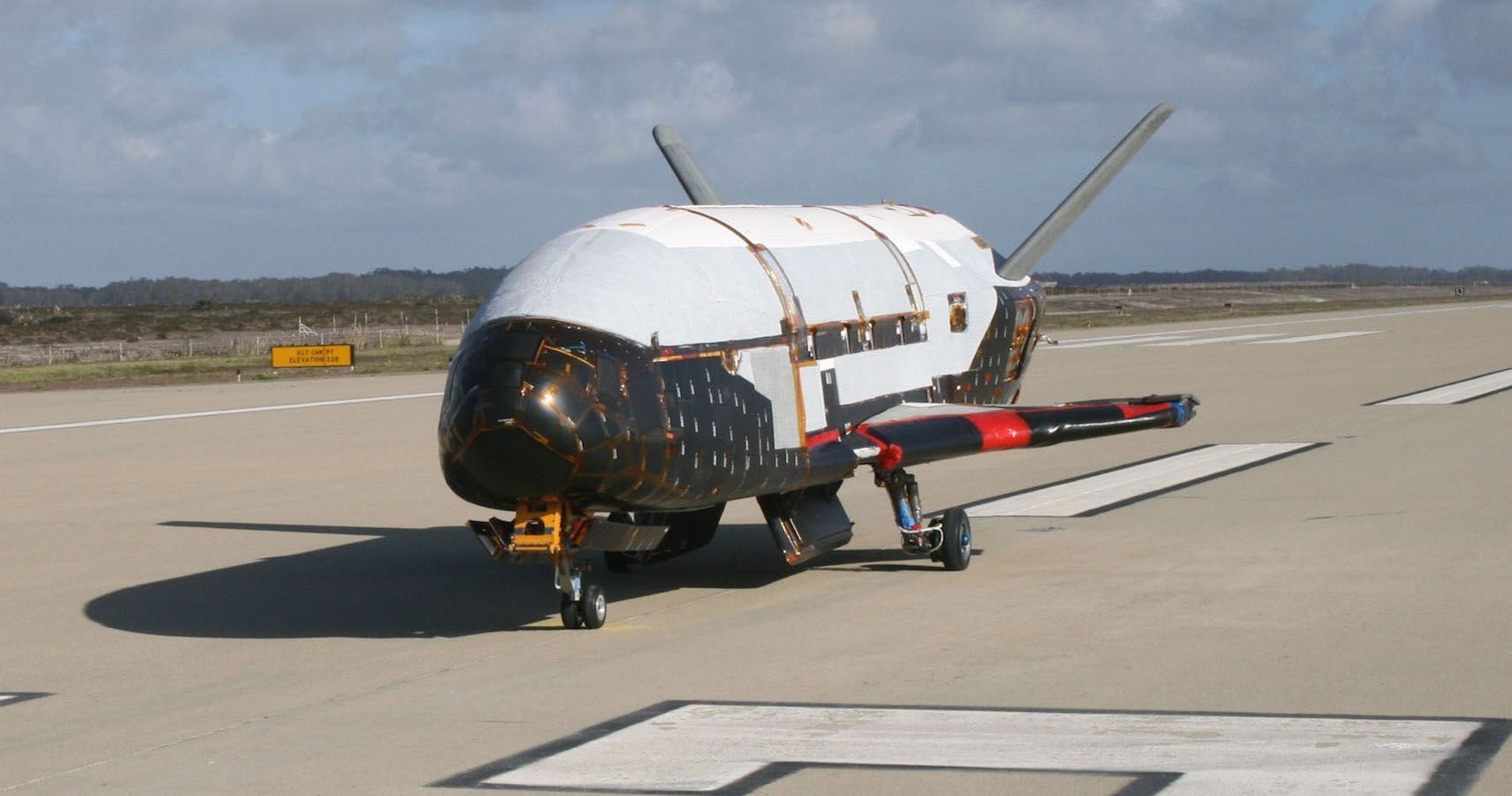
The Boeing X-37 counts itself among some of NASA’s most extreme aircraft. In addition, it’s part of the U.S. Space Force, which is a branch of the military. This makes the Boeing X-37, also known as the Orbital Test Vehicle, technically the fastest U.S. military aircraft.
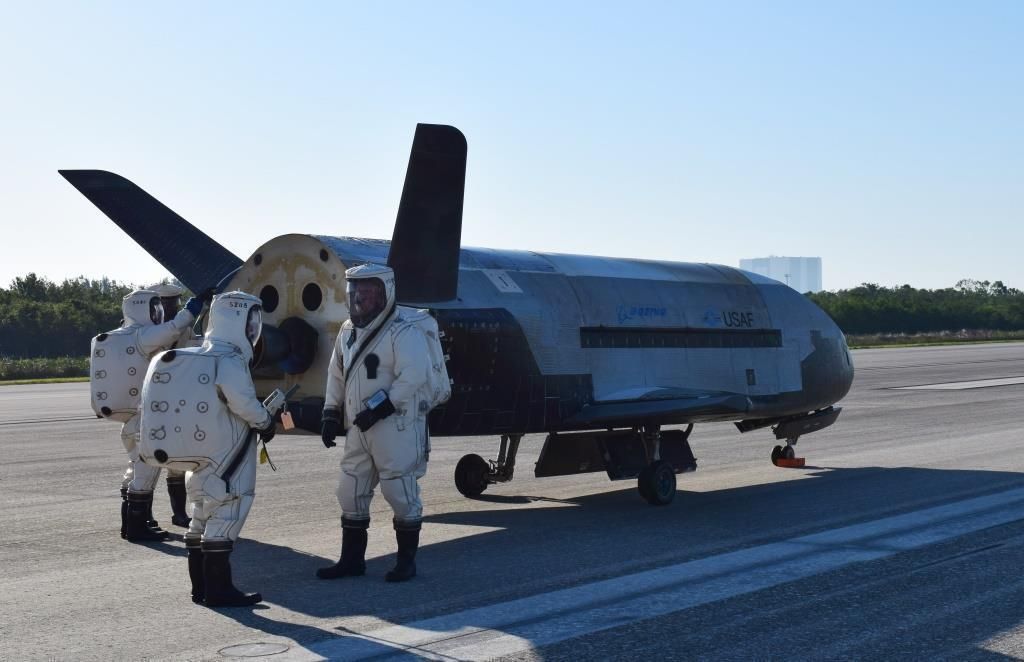
The fact is, most of what the X-37 does is top secret, although the Iranian Government called it a “secret space warplane” The Register reports. Thanks to the Rocketdyne engine, this thing can easily hit Mach 25 according to NASA.
Video:





